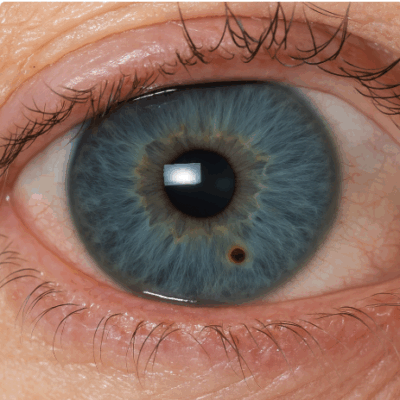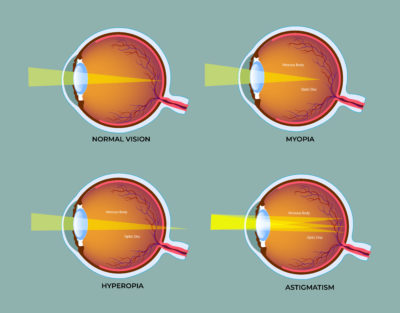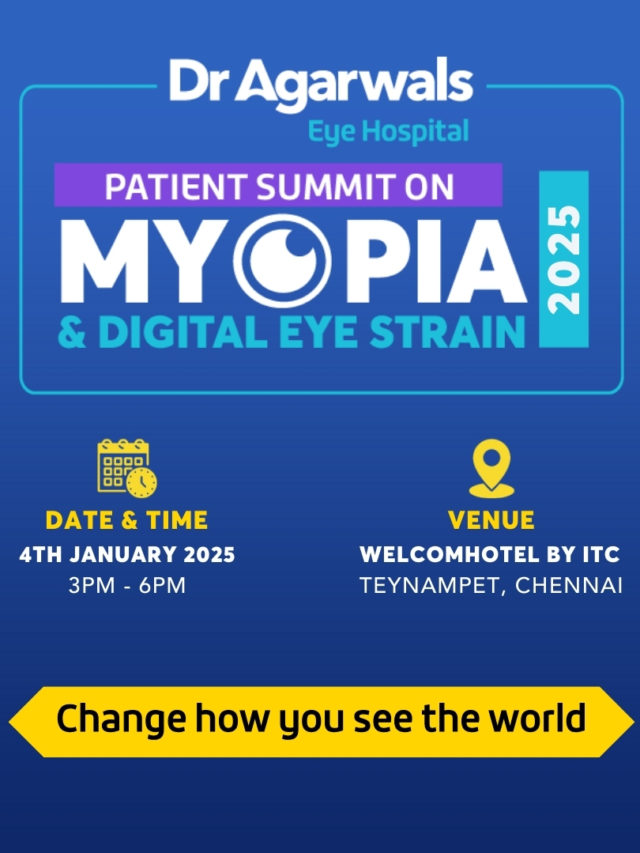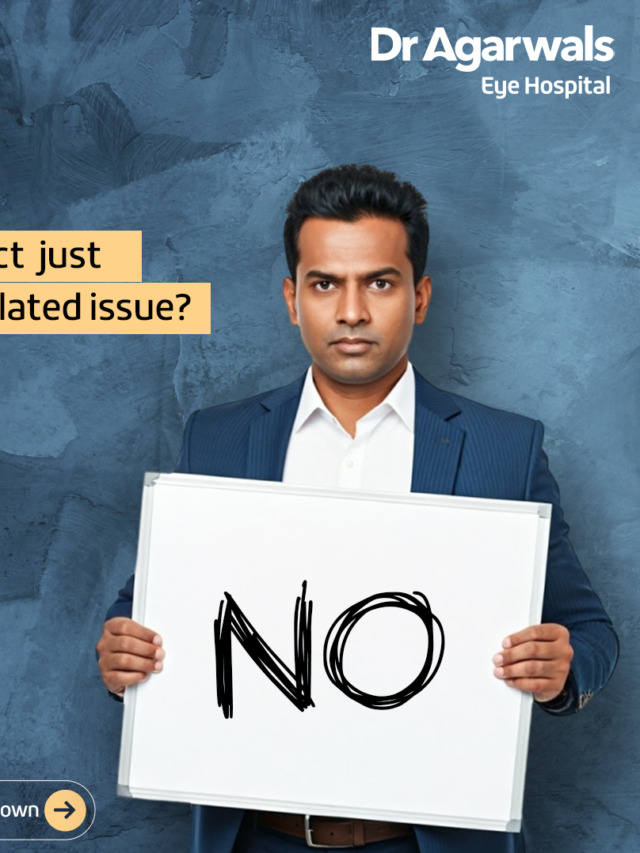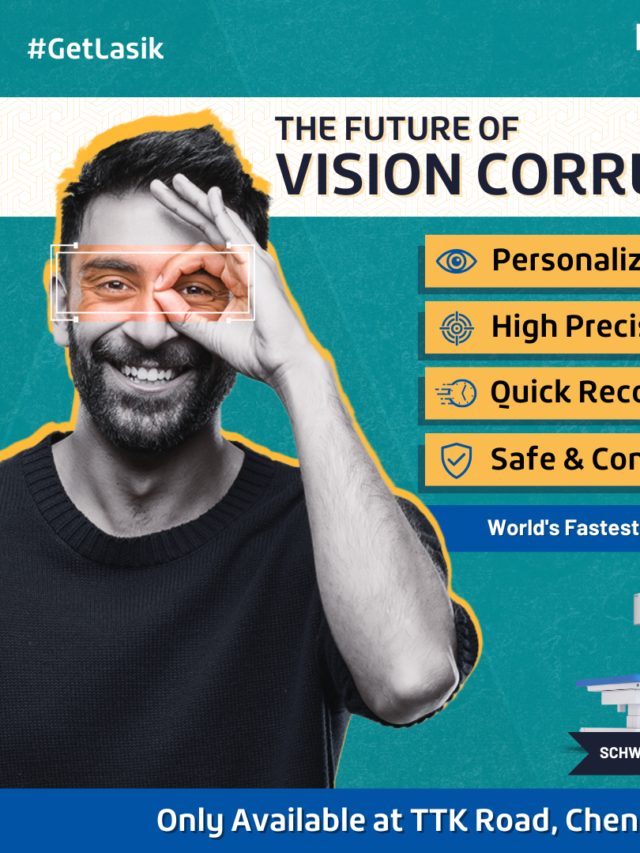Maintaining healthy eyesight requires more than just noticing when your vision becomes blurry. A vision test is an essential part of monitoring your eye health and detecting any issues early.
During an eye check-up, an optometrist or ophthalmologist uses a series of standard and specialised tests to assess your eyesight and the overall health of your eyes. This process is not only about measuring clarity of vision, but it can also reveal signs of conditions like glaucoma, cataracts, and retinal disorders.
Understanding what happens during an eye vision test can help you prepare and ensure you get the most accurate results.
What is a Vision Test?
A vision test is a series of examinations carried out during an eye check to measure how well you see and to identify any refractive errors, such as myopia, hyperopia, astigmatism, or presbyopia. It also evaluates the overall health of the eyes and surrounding structures. An ophthalmic check-up may include both basic and advanced tests, depending on your age, symptoms, and risk factors.

The Importance of Regular Eye Exams
Regular eye check-ups are vital because many eye conditions develop silently without obvious symptoms in the early stages. A routine eye test can detect problems early, making treatment more effective.
For example, conditions like glaucoma and diabetic retinopathy can cause irreversible vision loss if not diagnosed promptly. Knowing how to check eyes through professional evaluation is a key part of maintaining lifelong visual health.
Components of a Comprehensive Vision Test
A thorough ophthalmic check-up generally includes multiple steps. Here’s what you can expect:
Case History
Your optometrist or ophthalmologist will ask about your medical history, any eye problems, previous eye check-ups, family history of eye disease, lifestyle factors, and medications. This step ensures the eye vision test is tailored to your specific needs.
Visual Acuity Test
Often the first step in an eye test, this measures how well you can see letters or symbols at a specific distance. It helps determine if you have 6/6 vision or need corrective lenses. This eye test name is commonly known as the Snellen chart test.
Refraction
This part of the eye check-up identifies the exact prescription for glasses or contact lenses. Using a phoropter, the optometrist fine-tunes lens power until you achieve the clearest possible vision.
Ocular Motility Test
An eye vision test that checks the movement of your eyes in different directions to ensure proper muscle function and coordination. Problems here can cause double vision or eye strain.
Pupil Assessment
During an eye check-up, your doctor examines how your pupils react to light. Abnormal responses can indicate neurological problems or optic nerve damage.
Visual Field Test
This ophthalmic check-up assesses your peripheral vision to detect blind spots, which can be early signs of glaucoma, retinal disease, or neurological disorders.
Slit Lamp Examination
A key part of any eye check, the slit lamp uses a microscope with a bright light to examine the front structures of the eye, including the cornea, iris, and lens, for signs of cataract, injury, or infection.
Tonometry
This eye test measures the pressure inside the eye, which is essential for diagnosing and monitoring glaucoma. There are several methods, including the non-contact “air puff” test.
Dilated Fundus Examination
During this eye check-up, special drops are used to widen your pupils so the retina, optic nerve, and blood vessels can be examined for signs of diseases like diabetic retinopathy or macular degeneration.
How Often Should I Take Eye Exams?
The frequency of your eye check-ups depends on age, vision needs, and medical history. Generally, adults should have a comprehensive eye test every two years, while those with existing conditions or high-risk factors should schedule annual ophthalmic check-ups.
Conclusion
A vision test is a crucial tool for safeguarding your eye health. Whether you need a routine eye check-up or a detailed ophthalmic check-up, understanding the process makes it easier to take proactive steps.
Early detection of vision problems through regular eye tests can help maintain clear sight and prevent avoidable vision loss. Prioritising timely eye check-ups ensures you are protecting not just your vision but your overall well-being.
